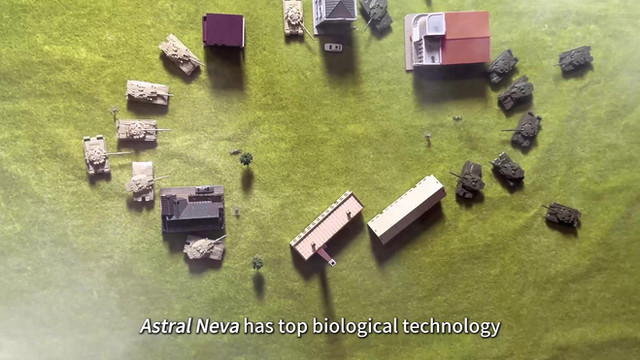HOME | DD
 Imperator-Zor — Map of Infrastructure
Imperator-Zor — Map of Infrastructure

Published: 2012-10-05 21:27:14 +0000 UTC; Views: 2391; Favourites: 3; Downloads: 21
Redirect to original
Description
A rough map of Infrastructure after the fall of the Black Ports in the summer of 22IA.Much of Infrastructure remains at this point undeveloped and most people in these areas live lives little different than how they did before the coming of the Infrastructural Army. Things are typically safer as there are less bandits about and no squabbling warlords and trade is more frequent. Periodically (usually in the autumn for agricultural areas and frequently in areas with valuable mineral deposits) taxes are collected, mostly in the form of goods (grain, potatoes, vegetables, livestock, wool, cheese, ore, coal, charcoal, wagons, carts, etc) and as labor working on projects such as roads, railways and irrigation as well as opening up. Recruitment drives were also common, but less so nowadays as the military is scaled back. In case of major crop failure (as determined by Bureaucrats) aid is given in the form of grain, vegetables and meat. Certain towns are designated "Hub Towns", which hold local granaries, storehouses, schools and shops.
The area around Dalatyr is the most developed, agriculture and mining around said areas is becoming more mechanized. As the railways increase in scale. Many people here are making the move to Dalatyr, which has expanded in population to 41,000 and continues to expand quite quickly. Growing by natural means, immigration and bringing in orphans.
The railways are major projects designed to improve transportation. Though their extent is fairly limited, they are constantly growing. Locomotive production has recently taken a secondary priority to the construction of steamboats and dredgers. A few towns along the railways have grown in size and prominence. More conventional riverboats and barges are also built for riverine transportation. The Urblasst/Loriv Canal is a ongoing project to connect the two major river systems of the Coldlands.
The centers for local administration are Garrisons. Fortresses that house forces of the Infrastructural Army, as well as local administrative headquarters, storage centers and centers for some small scale manufacturing. The more distant ones, for example, have small are armories allowing them to make a few firearms, ammunition and spare parts. Around most of them have grown fairly substantial towns, usually with populations in the area of 2,000 to 6,000 people. These are expected to continue to grow in coming years. These settlements are usually planned and ordered somewhat. In addition to garrisons, there are outposts, smaller forts with housing for a company or two, often attached to Hub Towns.
Most of the Coldlands is grassland with intermediate pockets of scrub and forests. It is fairly fertile, but winters are (as the name implies) rather cold, dipping as low as -30 in regions and lasts about four months. This is balanced out somewhat by short springs and autumns and warm generally pleasant summers. Typically the further inland you go the colder it gets, the Coastal regions are comparatively mild, with shorter and milder winters, but colder summers. The southernmost regions of the Coldlands have shorter milder winters and longer summers, though these are still severe by the standards of most foreigners.
Heavily Forested areas are lightly populated at best. Bandits, including a number of displaced warriors live there as well as groups of wildspawn. They are dangerous, but never the less they are exploited for timber.
The northern coastal areas were the most well developed and densely populated areas and are among the more recent additions to Infrastructure. The warlords controlled larger domains and were on the whole more stable. Simply assassinating your Lord here would result in execution rather than assuming the throne, though squabbles over succession could get heated and warfare was still common. This has made administrating them somewhat easier, though their people tended to be more loyal to their former rulers which has led to issues, even if they can be contained.
The Coldlands is notable for being parched of magical energies, the elvish term for the Coldlands roughly translates to "The Frozen Desert". Background magic levels are fairly low. Not many mages are born in the Coldlands and those that are born in the Coldlands are generally lower power. This is leaving aside their lack of training.
The Coldlands are flanked by mountains. These are sparsely populated, with a few tribes of nomadic herdsmen and a couple of isolated agricultural settlements in mountains. There are a couple of isolated enclaves of Dwarves. The Dragonspine is the highest and most formidable and are for the most part impassible. The Greyridge are less daunting, but still dangerous to trek. The Greenridge mountains are fairly navigable, even if most overland merchants do avoid them. The Committee has sent out surveyors to search them for valuable metals and a few detentional labor settlements have been set up in them to exploit these.





















